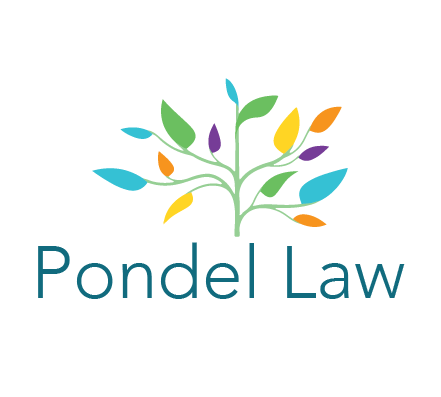The New York Times featured on Op-Ed piece last weekend that discussed a landmark warning issued by the American Academy of Pediatrics this month warning that “toxic stress” can harm children for life.
This policy statement from the premier association of pediatricians, based on two decades of scientific research has potentially revolutionary implications for medicine and for how we can more effectively chip away at poverty and crime.
The article states:
Toxic stress might arise from parental abuse of alcohol or drugs. It could occur in a home where children are threatened and beaten. It might derive from chronic neglect — a child cries without being cuddled. Affection seems to defuse toxic stress — keep those hugs and lullabies coming! — suggesting that the stress emerges when a child senses persistent threats but no protector.
Cues of a hostile or indifferent environment flood an infant, or even a fetus, with stress hormones like cortisol in ways that can disrupt the body’s metabolism or the architecture of the brain.
The upshot is that children are sometimes permanently undermined. Even many years later, as adults, they are more likely to suffer heart disease, obesity, diabetes and other physical ailments. They are also more likely to struggle in school, have short tempers and tangle with the law.
The crucial period seems to be from conception through early childhood. After that, the brain is less pliable and has trouble being remolded.
“You can modify behavior later, but you can’t rewire disrupted brain circuits,” notes Jack P. Shonkoff, a Harvard pediatrician who has been a leader in this field. “We’re beginning to get a pretty compelling biological model of why kids who have experienced adversity have trouble learning.”
The implication is that the most cost-effective window to bring about change isn’t high school or even kindergarten — although much greater efforts are needed in schools as well — but in the early years of life, or even before birth.
“Protecting young children from adversity is a promising, science-based strategy to address many of the most persistent and costly problems facing contemporary society, including limited educational achievement, diminished economic productivity, criminality, and disparities in health,” the pediatrics academy said in its policy statement.
One successful example of early intervention is home visitation by childcare experts, like those from the Nurse-Family Partnership. This organization sends nurses to visit poor, vulnerable women who are pregnant for the first time. The nurse warns against smoking and alcohol and drug abuse, and later encourages breast-feeding and good nutrition, while coaxing mothers to cuddle their children and read to them. This program continues until the child is 2.
At age 6, studies have found, these children are only one-third as likely to have behavioral or intellectual problems as others who weren’t enrolled. At age 15, the children are less than half as likely to have been arrested.
Evidence of the importance of early experiences has been mounting like snowflakes in a blizzard. For example, several studies examined Dutch men and women who had been in utero during a brief famine at the end of World War II. Decades later, those “famine babies” had more trouble concentrating and more heart disease than those born before or after.
Other scholars examined children who had been badly neglected in Romanian orphanages. Those who spent more time in the orphanages had shorter telomeres, a change in chromosomes that’s a marker of accelerated aging. Their brain scans also looked different.
The science is still accumulating. But a compelling message from biology is that if we want to chip away at poverty and improve educational and health outcomes, we have to start earlier. For many children, damage has been suffered before the first day of school.
As Frederick Douglass noted, “It is easier to build strong children than to repair broken men.”
